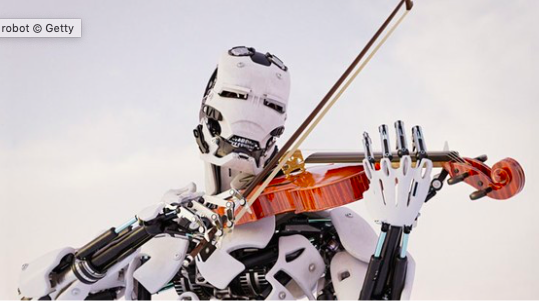Before there was a radio or record player in every house, music was distributed on paper. A hit song was a song that sold a lot of copies of sheet music, and it was performed mostly by amateurs in their own homes.
Thomas Eddison never intended the phonograph to be a method for capturing and distributing music. He invented it as business tool. Besides the fact that the phonograph was not indented for frivolities like music, the sonic fidelity was too low, who would want to listen to music that was missing so much of what made it beautiful? Most people, as it turns out, had no problem with low fidelity. It seemed to bother musicians more than their fans.
Many musicians in the early days of recording detested the process. To them, music was live and ephemeral. A performance happened in front of a crowd, only once, and to record it seemed pointless. The experience of a performance was for those who were able to attend, and perhaps more importantly, those who had purchased a ticket.
John Phillip Souza, the March King, the composer of Stars and Stripes forever and many other songs that are performed to this day, wrote an essay in 1906 in which he observed that
recorded music was becoming a substitute for “…human skill, intelligence and soul.”
Between the lines of this impassioned lament however, it’s clear that Souza’s main problem with the proliferation of recordings, is that there was no way for him to get paid for them. A third party was recording his music, and then selling it for a profit, a profit that he was not able to share. Today we call this third party a record company and while some concessions have been made to the artist, Souza’s main points have gone unanswered for over a century.
Souza the composer was a loser of the recorded music boom, but Souza the performer was no longer limited to playing for audiences who were physically present. His fame as a performer grew, and his performances were preserved forever.
Souza the performer was immortalized while Souza the composer saw his revenue’s steadily decline.
As recently as the 1980s, a film director wouldn’t hear the full score for his film until it was recorded by an orchestra. This was, and remains, an expensive, irreversible, and time-consuming process.
Hans Zimmer changed that. Zimmer pioneered the art and craft of creating fully realized electronic demo recordings so that his clients could hear a full orchestral “mockup” of the score for the film before it was recorded. These mockups have gotten so good, that for most TV shows and films today, the mockup is what goes on the air, the production no longer bothers with the time and expense of recording live musicians.
The entire production chain, from the recording engineer, to the musicians, to the mixer has now been digitized.
All that’s necessary to automate beautiful, human sounding music, is to digitize the composer as well. Once this is accomplished, and in many ways, it has already been accomplished, music history will turn the page on a new epoch. Humans will no longer be required to create music.
I share the knee jerk reaction that a human mind is a necessary ingredient in the creation of music, or of any art. The question, ‘can art be created without humans?’ is a question about the nature of thought, and the nature of consciousness. Unfortunately for us and our meat brains, reason seems to lead to the conclusion that human creativity is at least possible to replicate mechanically.


